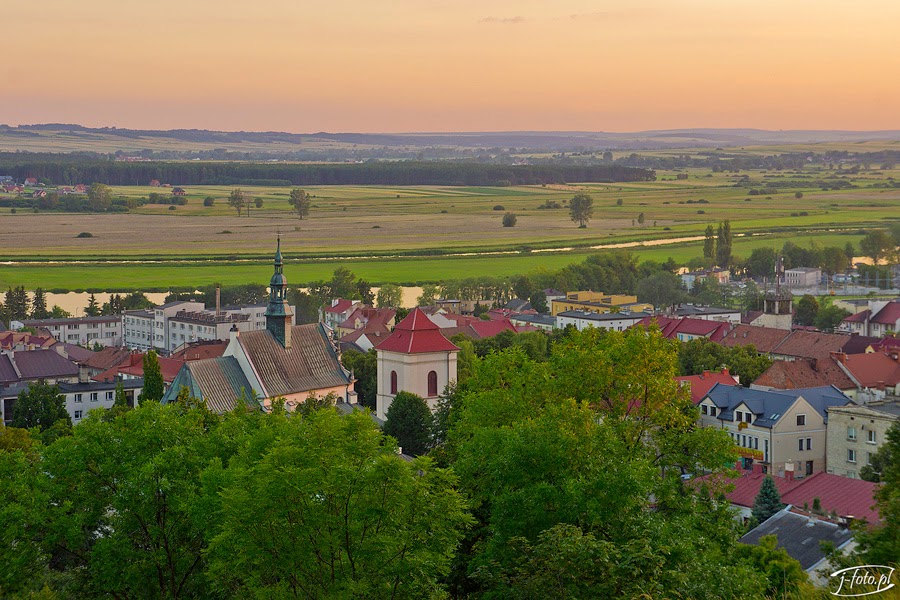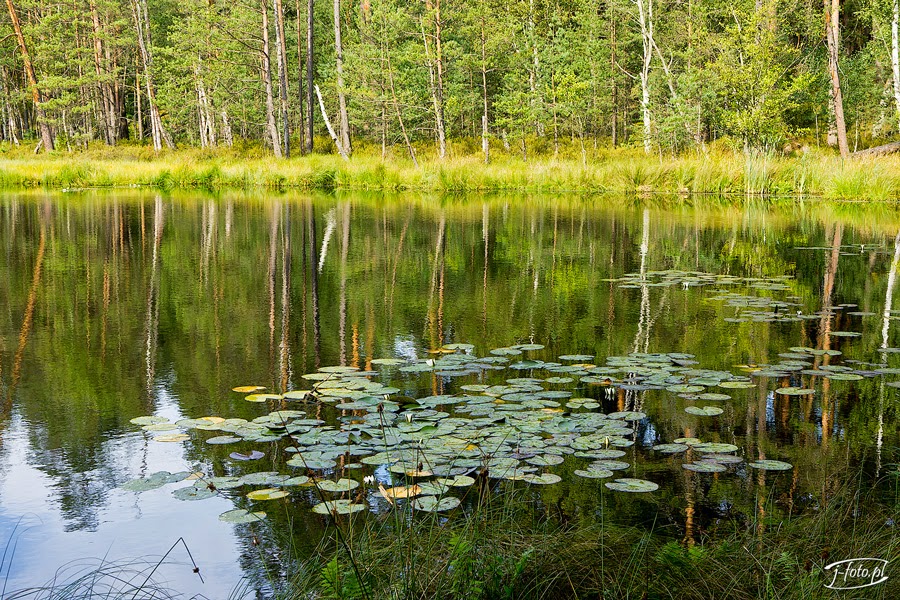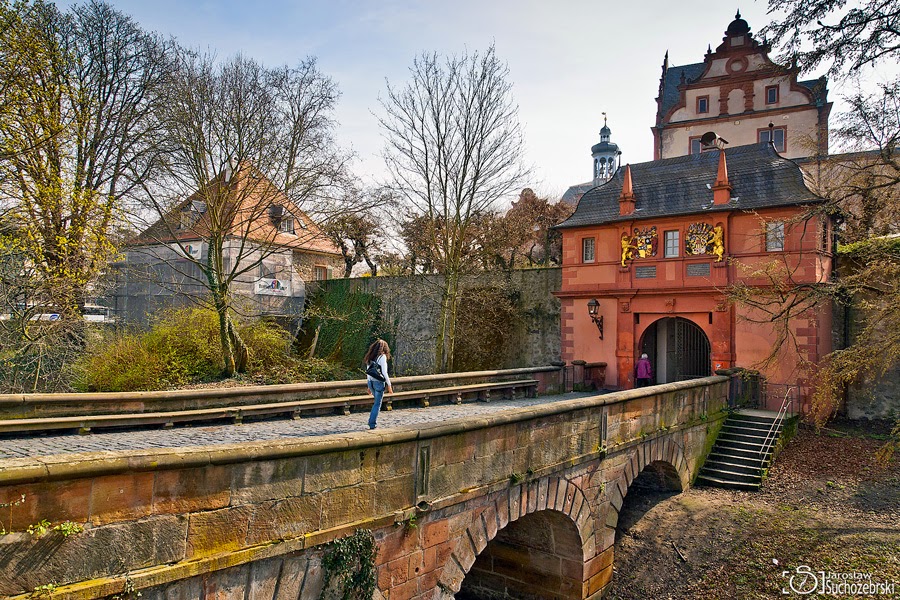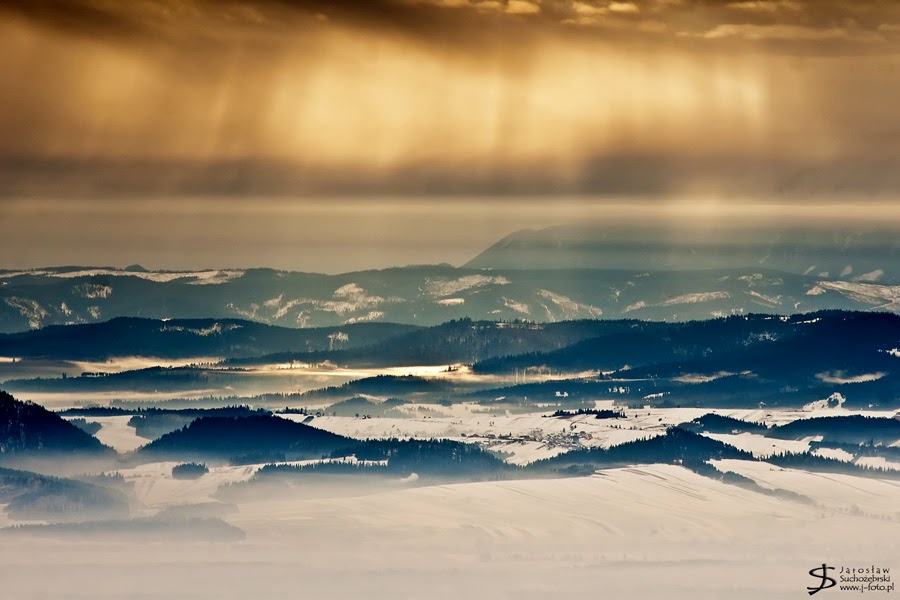Pińczów

The centre of the city: view from St.Anna's Hill. Former Pauline Monastery Pińczów is one of the oldest and most historically meaningful cities in Poland. The city lies in the Świętokrzyskie Voivodeship, on the banks of the picturesque Nida river valley. This region is named Ponidzie (Nida Riverside). Ponidzie, which lies halfway between historic centers of Lesser Poland, Kraków and Sandomierz, in the late Middle Ages, it was one of the most important regions of the Kingdom of Poland. This gentle area, full of undulant hills, fertile soils and cut with the meanders of the Nida River, was the most densely populated part of Poland. The town charter of Pińczów was guaranteed by King Władysław Jagiełło on September 21, 1428. The Mirów district: view from St.Anna's hill. Former Franciscan Monastery The main attractions of the city is the beautiful complex of the former Pauline monastery, founded in 1449. In Pińczów's district of Mirów is located former Franciscan ...























